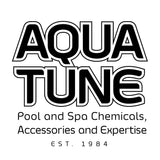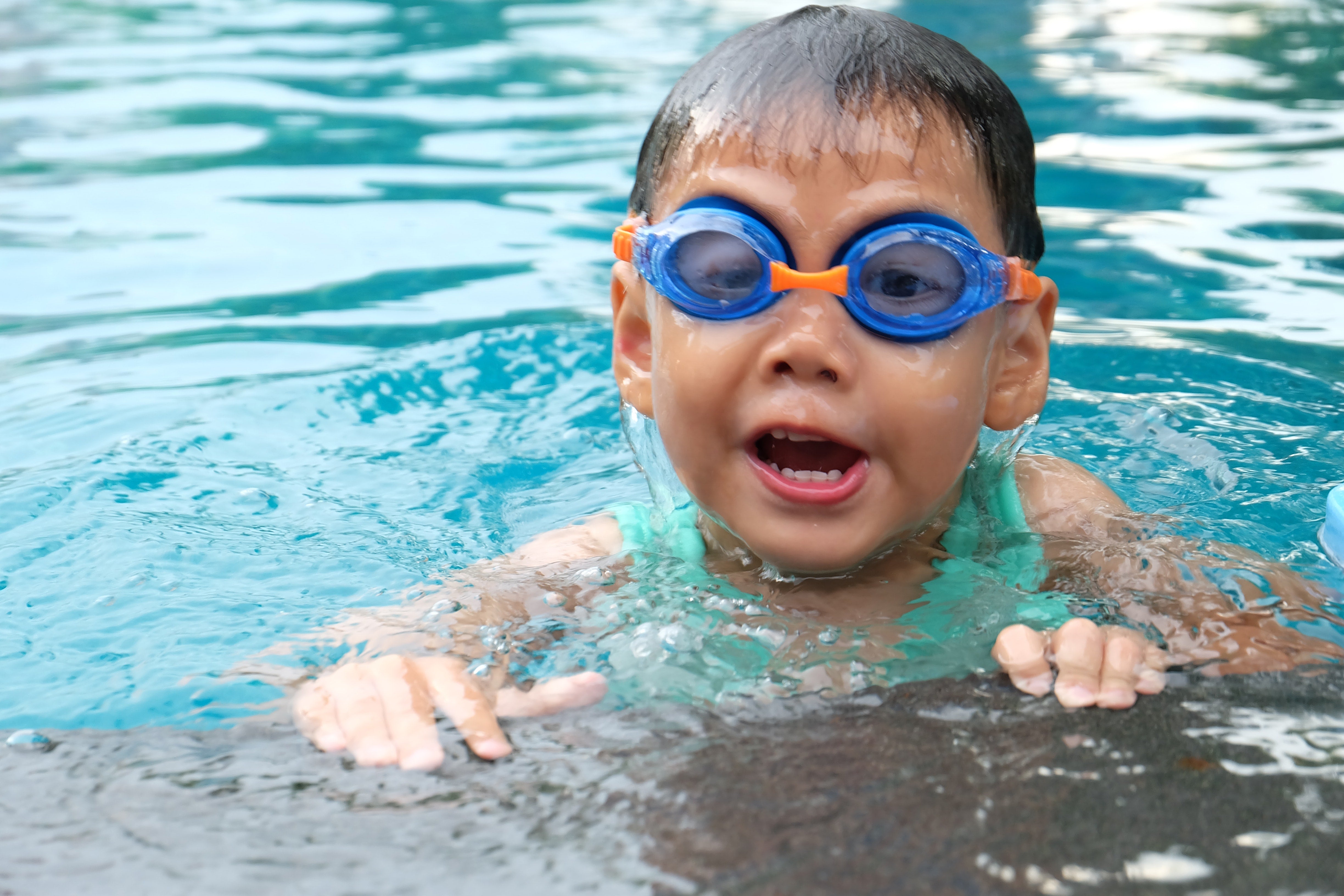Photometers generally express chlorine readings in mg/litre and to the second decimal point.
Let's use an example where a Local Council Health Inspector gets readings as follows from an indoor commercial swimming pool:
| Free Chlorine | 2.17mg/litre |
| Total Chlorine | 3.28 mg/litre |
With this reading the Health Inspector has the power (in South Australia) to close this pool as it is outside Regulations which maximise Combined Chlorine at 1 mg/litre.
The more pragmatic Health Inspector would probably round off the 2.17 to 2.2 and 3.28 to 3.3 and may suggest leaving the pool open but they will retest in a week's time before taking any further action.
Regulations and associated Codes for Public pools and spas don't recognise a tolerance range for either the equipment, the testing reagents or the operator. Therefore, the Health Inspector assumes the readings attained are accurate.
Photometers are the preferred testing equipment as they remove the human eye from the equation. However, the makers of such equipment and testing reagents will concede, when pressed, that a + or - 3% tolerance is reasonable for their products.
in addition, DPD darkens with time and photometer tablets take time to be crushed into dissolution and to expel the air created in the crushing operation. Not all operators move at the same speed through this process. This is possibly the biggest area of variability, but let's assume a modest + or - 3% also.
So, our 2.17 mg/litre Free Chlorine could be 2.17 x (.97 x .97 x .97) on the low side or (1.03 x 1.03 x 1.03) on the high side. ie. anywhere between 1.98 and 2.36 (2.0 - 2.4).
Our Total Chlorine @ 3.28 becomes 3.28 x (.97 x .97 x .97) on the low side or (1.03 x 1.03 x 1.03) on the high side. ie. anywhere between 2.99 and 3.56 (3.0 - 3.6).
Conceivably now our combined chlorine of 1.11 mg/litre could be as a low as 0.6 or as high as 1.6 mg/litre - the former quite acceptable, the latter certain closure.
Remember we are dealing with very small readings anyway. As an analogy, if everyone who attended the AFL Grad Finals (at a stadium holding 100,000 people) for the last ten years wore a black suit but in one of these ten years, one person wore a white suit we have one person/ million or 1mg/litre.
The accuracy problem for chlorine readings is not so critical for pH. For Total Alkalinity where we are reading a group of chemicals rather than a single chemicals there are wide discrepancies in different brands. La Motte consider their Color Q Photometer reads TA about 8% lower than the laboratory answer. Taylors is rated at reading TA about 10% higher and Palintest Photometer reading seem erratic and are invariably much higher than the readings from other kits.

